Gotenkopf - Blue Line
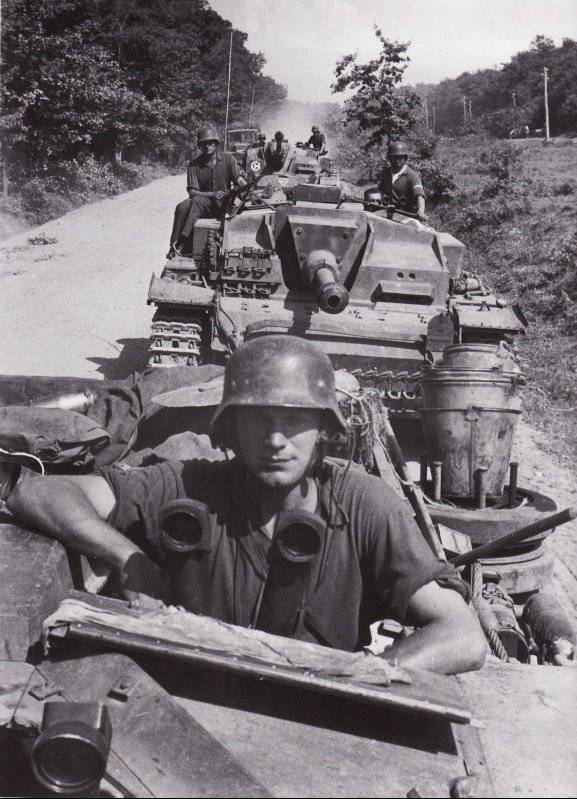
The goal of the Caucasian operation was, of course, the oil-bearing areas of this region. In addition, the Nazis intended to ensure their influence not only in the Caucasus itself, but also to go to the countries of the Middle East, which were also far from poor in terms of resources. Hitler planned to carry out the Caucasian operation in the period from the autumn of 1941 to the autumn of 1942, but did not work out ...
Favorable conditions for the Caucasian offensive took shape only after the severe defeat of the Soviet army in the Kharkov battle and during the Voronezh-Voroshilovgrad defensive operation (July 1942 of the year). Russian troops were forced to retreat beyond the Don.
The German plan, code-named "Edelweiss", envisaged taking and destroying Soviet troops south and southeast of Rostov, taking control of the North Caucasus, then bypassing the main Caucasian ridge with one military group from the west, capturing Novorossiysk and Tuapse, and the other from the east, capturing Grozny and Baku. Exit to the Caucasus would allow to capture the base of the Black Sea fleet, and provide the Germans with complete dominance in the Black Sea, create all conditions for a military invasion of the Near and Middle East.
On the German side, the military group “A”, commanded by Field Marshal V. List, participated in the offensive on the Caucasus Front. The group included the 17th Army, the 1st and 4th tank Army, Romanian 3rd Army, part of the forces of the 4th Air Fleet. In total, there were about 170 thousand people, 1130 tanks, over 4,5 thousand guns and mortars, up to 1 thousand aircraft.
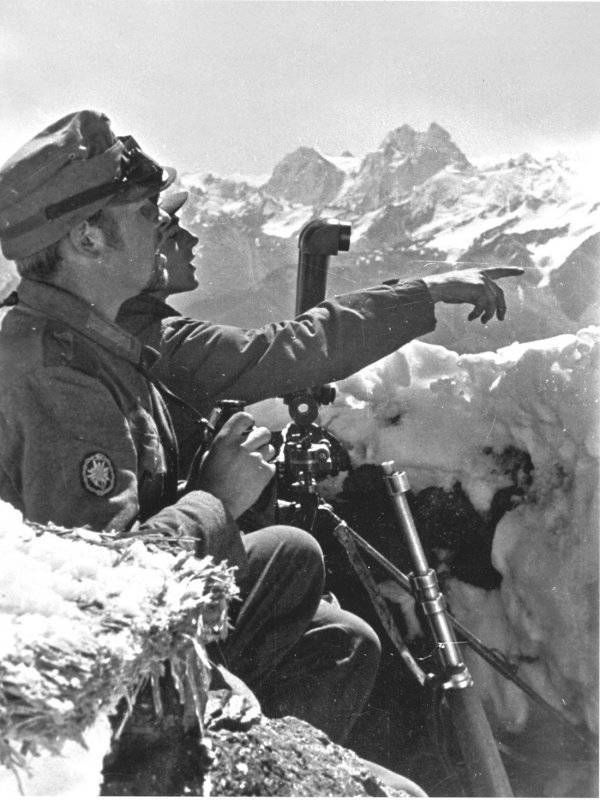
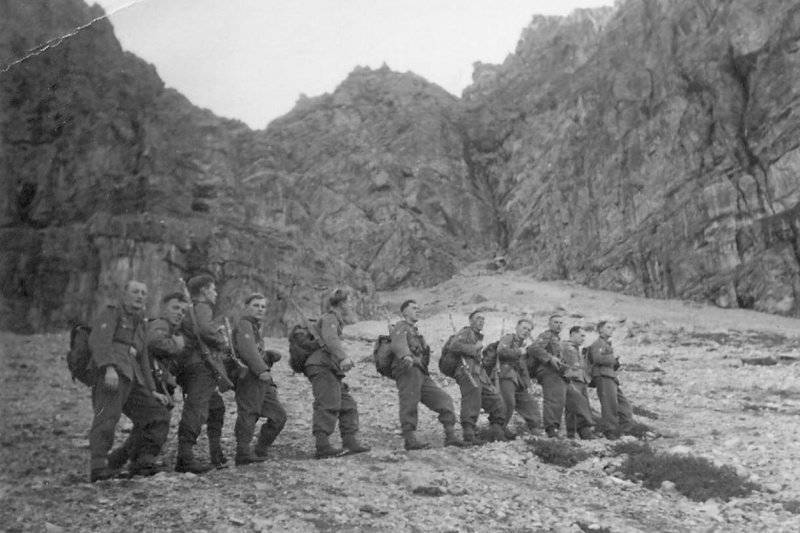
From the Soviet side, the enemy was opposed by the troops of the South (Lieutenant General R. Ya. Malinovsky) and the North Caucasus (Marshal of the Soviet Union S. M. Budyonny) fronts consisting of the 51, 37, 12, 56, 24, 9 and 47th armies . From the air they supported aviation 4th and 5th air armies. The grouping of Soviet troops totaled 112 thousand people, 121 tanks, 2160 guns and mortars, 230 serviceable aircraft. At the same time, in the coastal direction, ground forces supported the Black Sea Fleet and the Azov Military Flotilla.
At first, military events developed unfavorably for the Soviet army. The troops of the Southern Front, unable to withstand the onslaught of the superior forces of the enemy, were forced to retreat to the south and south-east. During August 1942, the cities of Stavropol, Maikop, Krasnodar, Mozdok, Novorossiysk consistently fell, the German flag was hoisted on Elbrus. Finally, in September 1942, the swift German offensive was halted in the area of Malgobek.
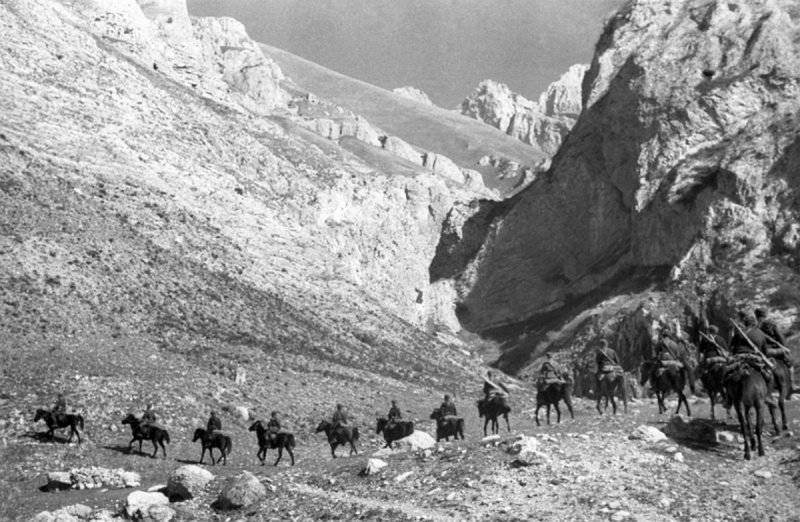
The result of this part of the Caucasian operation, the time of the withdrawal of Russian military units, was that, having suffered considerable losses, the Germans were forced to stop the offensive and go on the defensive. The Red Army had to leave the regions of the North Caucasus and retreat to the passes of the Main Caucasian Range and the Terek River. This, however, helped gain time for planning and preparing a counter-offensive.
Already in February, 1943, the Soviet troops liberated Krasnodar from the German occupiers. Then the Red Army soldiers went to Armavir, through the whole Stavropol region, through the Kuban regions, and triumphantly went south of Primorsko-Akhtarsk to the Azov coast. There was a difficult operation to break Gotenkopf - the Blue Line.
Gotenkopf is the German name (literally translated as “the head of the goth”) of the German defense lines, more commonly known to us today as the “Blue Line”. The region of these lines ran along the Kuban River to the Black Sea, and this was a fairly strong German defense line (reaching in some places up to 25 kilometers). The 17-I army, located here, three rows of barriers, minefields, pillboxes and bunkers, the Soviet troops could not take such a defensive line.
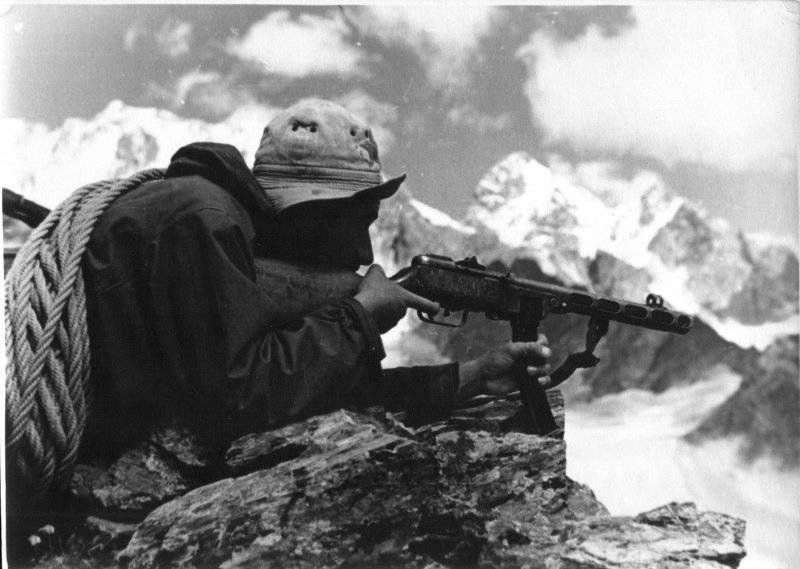
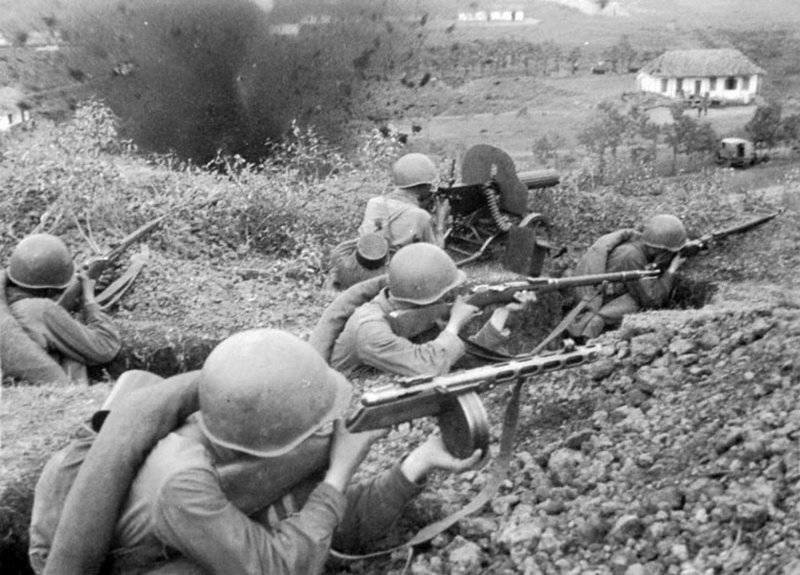
Figures line Gotenkopf can be represented as follows: it was 577 closed fire installations, 37,5 km. minefields, up to 500 m wide, 2500 min density on 1 km., 87 km. wire fences, 12 km. forest blockages, it was here that for the first time the enemy applied a powerful trench defense. It’s not for nothing that the Blue Line is compared to two other famous lines: the Mannerheim Line and the Maginot Line.
The German command during this period focused its attention on the Taman Peninsula, where it gradually withdraws the defeated units and units during the Krasnodar operation (February 9 - March 16). For the Germans, Taman was a strategic object for several reasons. Owning the Taman Peninsula, the Germans guaranteed the free use of sea communications to their fleet, while impeding the freedom of action of the Soviet Black Sea Fleet. In addition, Taman and Novorossiysk, where at the beginning of February 1943, the Red Army successfully defended the bridgehead in the Myskhako area (the famous “Little Land”), diverted military forces and assets of the entire North Caucasus Front, covering the eastern approaches to the Crimea. Also developed in the Crimea airfield network of the German Air Force could inflict air strikes on the oil regions of the Caucasus and large industrial facilities in southern Ukraine.
In pursuit of the retreating 17 Army, Soviet troops captured important defense units and in March reached the new defensive line of the German troops, located in 60-70 km west of Krasnodar, however, they could not break through immediately. March 16 troops of the North Caucasus Front tactically switched to defense, slowly preparing for a new offensive operation - the defeat of the Germans on the Taman Peninsula, this is the task received from the Soviet command.
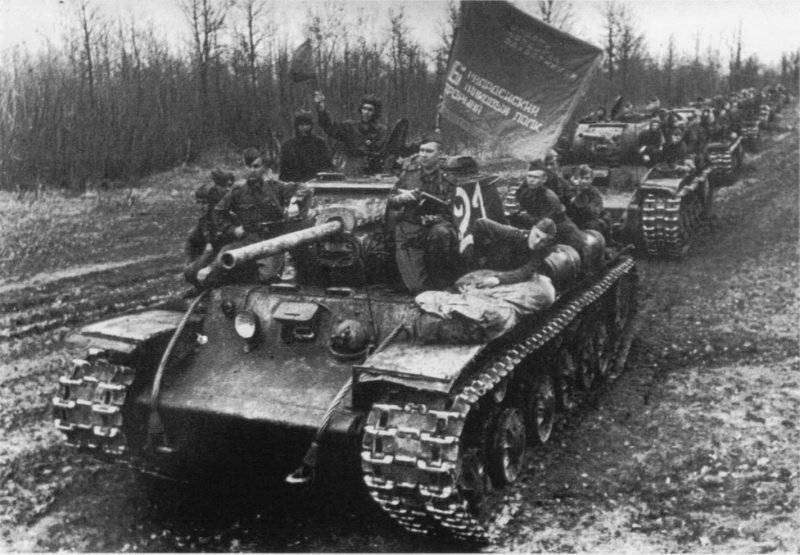
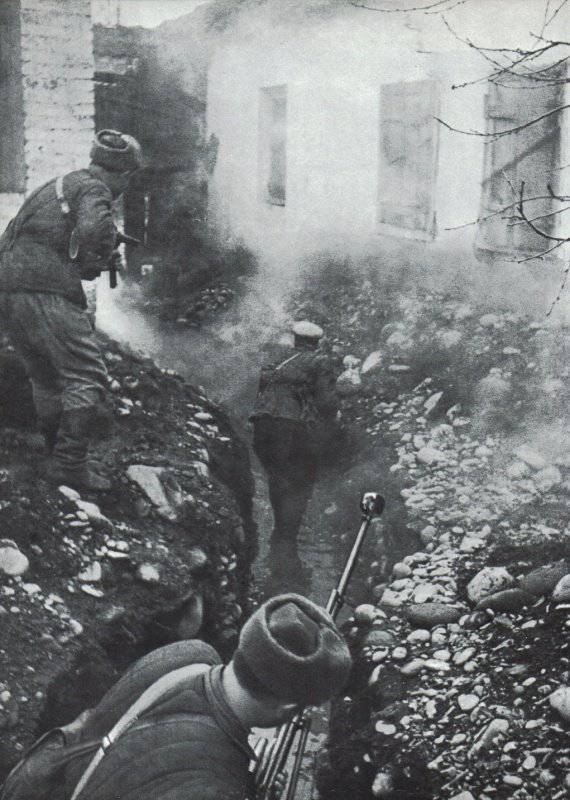
The powerful knot of the German defense remained in the area of the stanitsa of Krymskaya — two reserve German infantry and Romanian cavalry divisions were pulled here. Realizing that they could not keep the Taman bridgehead with the available troops, the German command planned to thwart the Soviet offensive being prepared with the help of aviation forces. Thousands of 1 air fleets, the best squadrons of Udet, Melderes, Green Heart, as well as additional air forces from the Western Front and from Africa concentrated over 4 airfields at Taman and Crimea.
At the same time, the aviation power of the Soviet army was much inferior to the German one: in fighter aviation, along with the newest types of aircraft were obsolete types of the I-16 and I-153. In addition, after the winter battles, a large number of aircraft needed repairs. Given this, the Supreme High Command decided to strengthen the front air forces: in the second half of April, 1943, several air formations were deployed to them. In the first place, fighter aviation strengthened — units armed with Yakovlev and Lavochkin-type aircraft merged with it.
It was here, in April 1943 of the year, in the Blue Line region, that the most severe air battles between the Red Army and the German troops took place - there were probably no such battles either before or after during the period of the Great Patriotic War. The best German aces, for example, Erich Hartman, participated in these battles. On the part of the Soviets, such fearless and legendary pilots as Dmitry Glinka, Alexander Pokryshkin participated in air battles. It was during this intense spring of 1943 of the year that a special way of air raids was formed, called the “Kuban bookcase”.
Taking advantage of the major aviation victory of the Soviet fleet in the period from 17 to 24 in April, units of the 18 Army repaired the situation in the Myskhako area by the end of the month, which was subjected to powerful German fire pressure. In early May, the village of Krymskaya was captured, which is an important communication hub on the Taman Peninsula.
The path to Taman was blocked by powerful defense knots - Moldovan, Russian, Kiev, the height of 121,4 (better known as “The Hill of Heroes” - this soldier’s name of height appeared after the last battles here). The front command decides to deliver the main blow at the turn - Keslerovo, Kievskoye and Moldovanskoe. The center of the fire attack was the height of 121,4.
The assault on the “Hills of Heroes” began on May 26 of the year. Hundreds of aircraft, tanks and mortars ruthlessly round the clock thrashed this long-suffering land. The enemy defended desperately, to the last drop of blood: only in the battles for the height of 1943 did 121,4 die thousands of people ...
Fighting on the Blue Line continued until September 1943. The advances of the Soviet army in Ukraine in the spring of 1943 put the Taman group of the Wehrmacht in a difficult position, and on September 3 1943 Hitler ordered the withdrawal of troops from the Kuban.
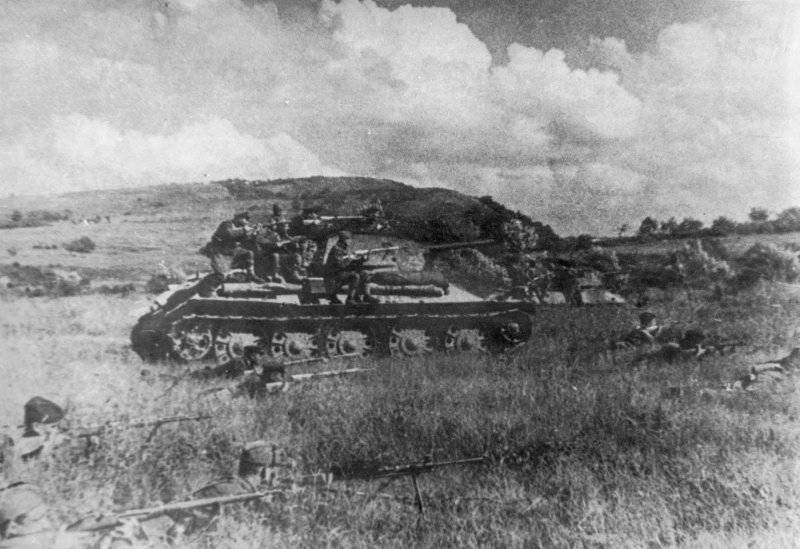
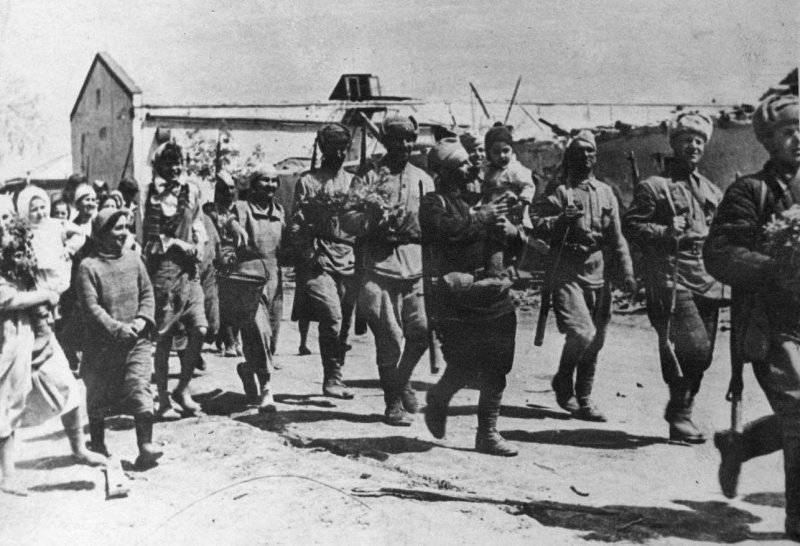
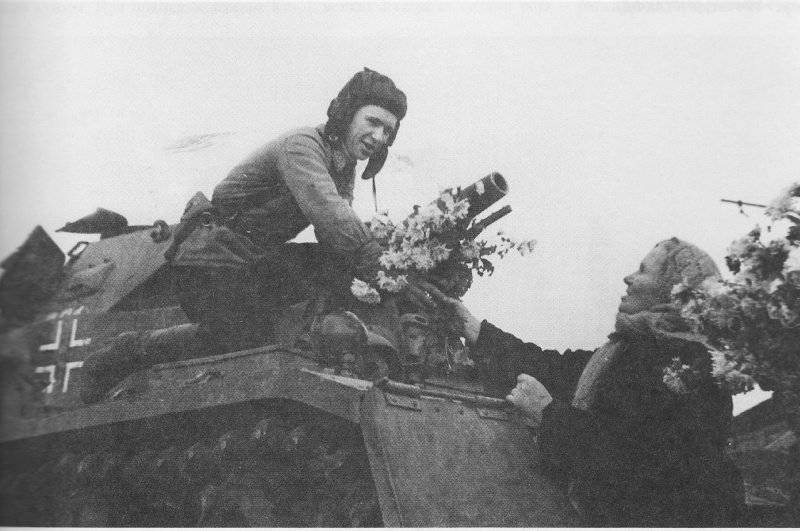
Information